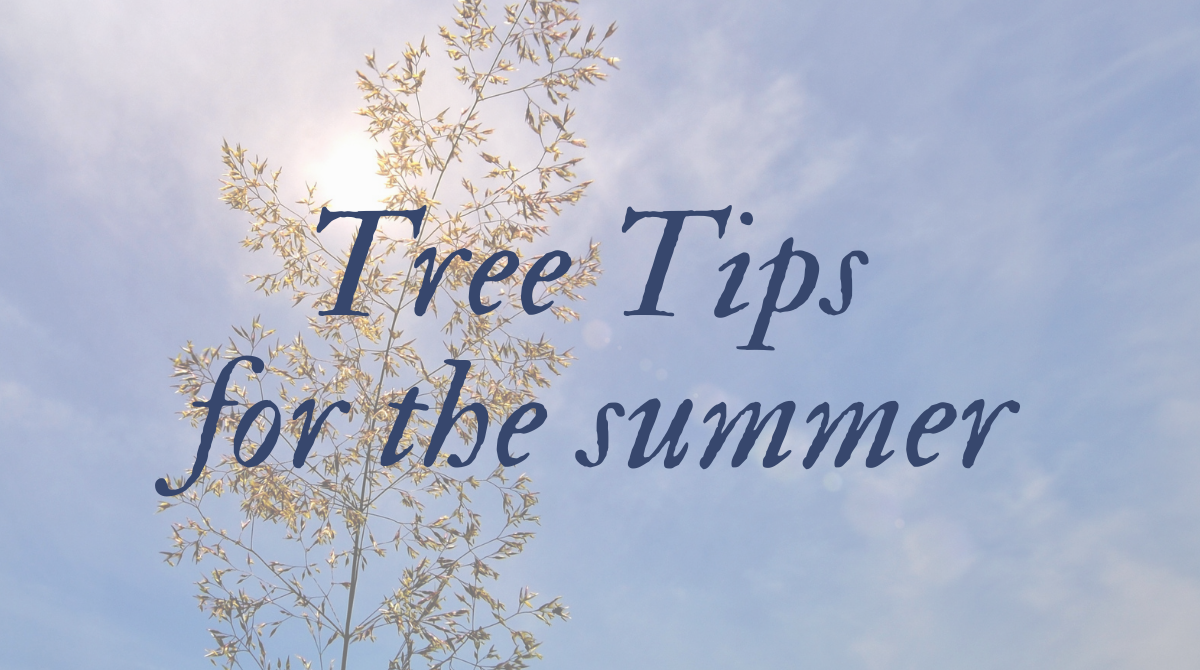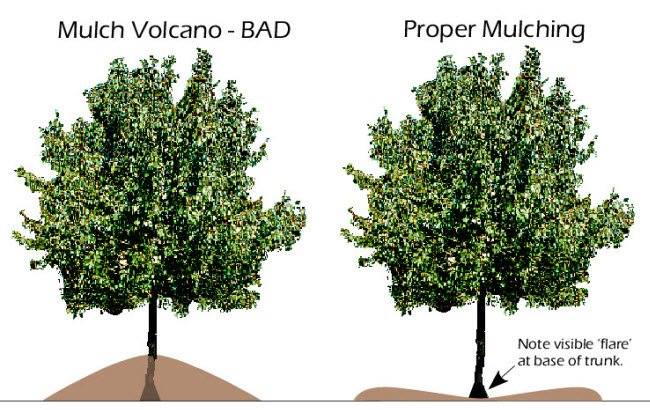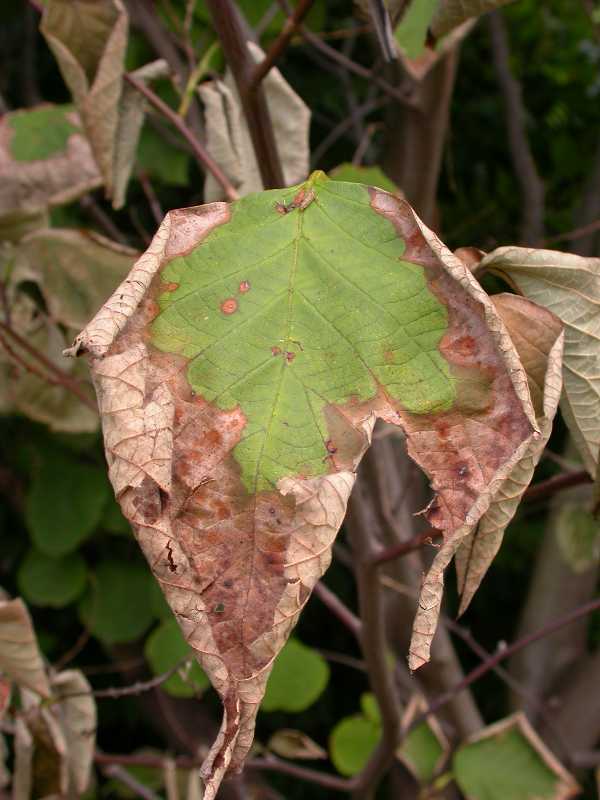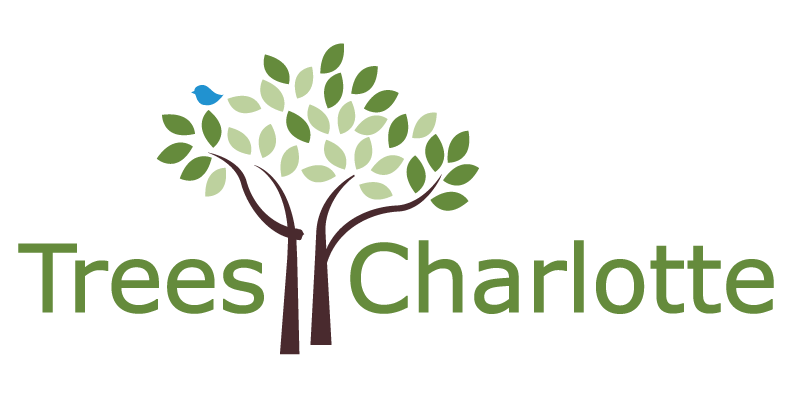6 Tree Tips for the Summer

Tree of June 2021: American Sycamore
6.09.21
Are any Treasure Trees mother trees?
6.29.21
By: Kate Bolkin
Popsicles, pool parties, slip ‘n slides, and frozen drinks are just some of the ways we enjoy the hot Charlotte summer while keeping cool and comfortable. And just like us, our trees enjoy the summer too (after all, it’s when they make most of their food for the year), but, like us, they need some extra TLC to make these hot months bearable. Since trees can’t eat popsicles, here are 6 tips we recommend to make sure your tree is happy and healthy this summer.
1.How much to water
Within their first 3 years of being planted, trees require about 5 gallons of water each week. This quantity could change depending on rain, so make sure you watch that radar. You should apply all 5 gallons at one time. Deeper, less frequent soaks are better for your tree and soil than shallow, frequent soaks. Learn more about watering HERE!
2. When to water
Did you know the timing in which you water your tree can affect how much water it retains? Plants’ leaves have tiny microscopic openings called stomata that help with gas exchange, but also drive water loss through a process called transpiration. When the sun is at its strongest in the afternoon, more water is lost through the stomata. Watering your tree when the sun isn’t as intense, like in the early morning or in the evening, will allow the tree to keep more water.
3. Where to water
Although running through the sprinklers on a hot day is a blast for us, trees do best when their bodies remain dry. Soaking your tree all over can actually increase its chances of getting leaf scorch from the sun or a fungal infection. Instead, point that hose towards the ground and water from the base of the trunk out to the drip line. That way, the much-needed water is slurped up by the roots while the leaves remain dry.

4. Mulch it up!
If you haven’t used mulch around your tree before, now would be a great time to start. And if you have, now would be a great time to reapply. Mulching your tree using organic materials like wood chips or pine needles helps the tree retain moisture during the hot months and provides the tree with helpful nutrients as it decomposes. Mulch also keeps competitive weeds out of the way and keeps the soil warm in the winter. The benefits of mulching are endless when applied correctly! For young trees, just use the 3, 3, 3 rule: The layer of mulch should be 3 inches deep, 3 feet wide, and 3 inches away from the base of the trunk. No volcano mulching!
5. Beware of fertilizer burn!

Although not all trees need to be fertilized, some may need a little extra help in the nutrients department. If you determine that your tree needs fertilizer (by first getting a soil test done), choose a fertilizer that will be gentile to the tree’s roots. Fertilizers are heavy in inorganic ions, which can “burn” the plant by drawing out water from the roots. This can be especially dangerous in the summer when the tree is already losing lots of water through its stomata. Most arborists and plant experts recommend you use a slow-release fertilizer. This will ensure that the nutrients (and the ions in them) are released over an extended period of time, reducing fertilizer “burn” problems.
6. Pause the pruning!
During the summer, we love to tend to our gardens and improve our landscape, but summer is not the best time to prune, especially for young trees. Right now, trees need their canopy to photosynthesize and grow, so it’s best to hold off any structural pruning on younger trees until the dormant season. The exception to this rule are dead, diseased, and broken branches. Those can (and should) be removed any time you spot them.
